The National Aeronautics and Space Administration’s does more than create ambitious telescopes that can see the beginning of time and send people to the moon and back. It’s also responsible for Michael Phelps’ swimsuit, LASIK surgery, and the selfie. The everyday products listed below are only 15 of the more than 2,000 consumer products NASA considers “spinoff technology” from the space program. They are all based on technology and discoveries either developed directly by NASA, in partnership with NASA, or through funding from NASA.
Memory foam
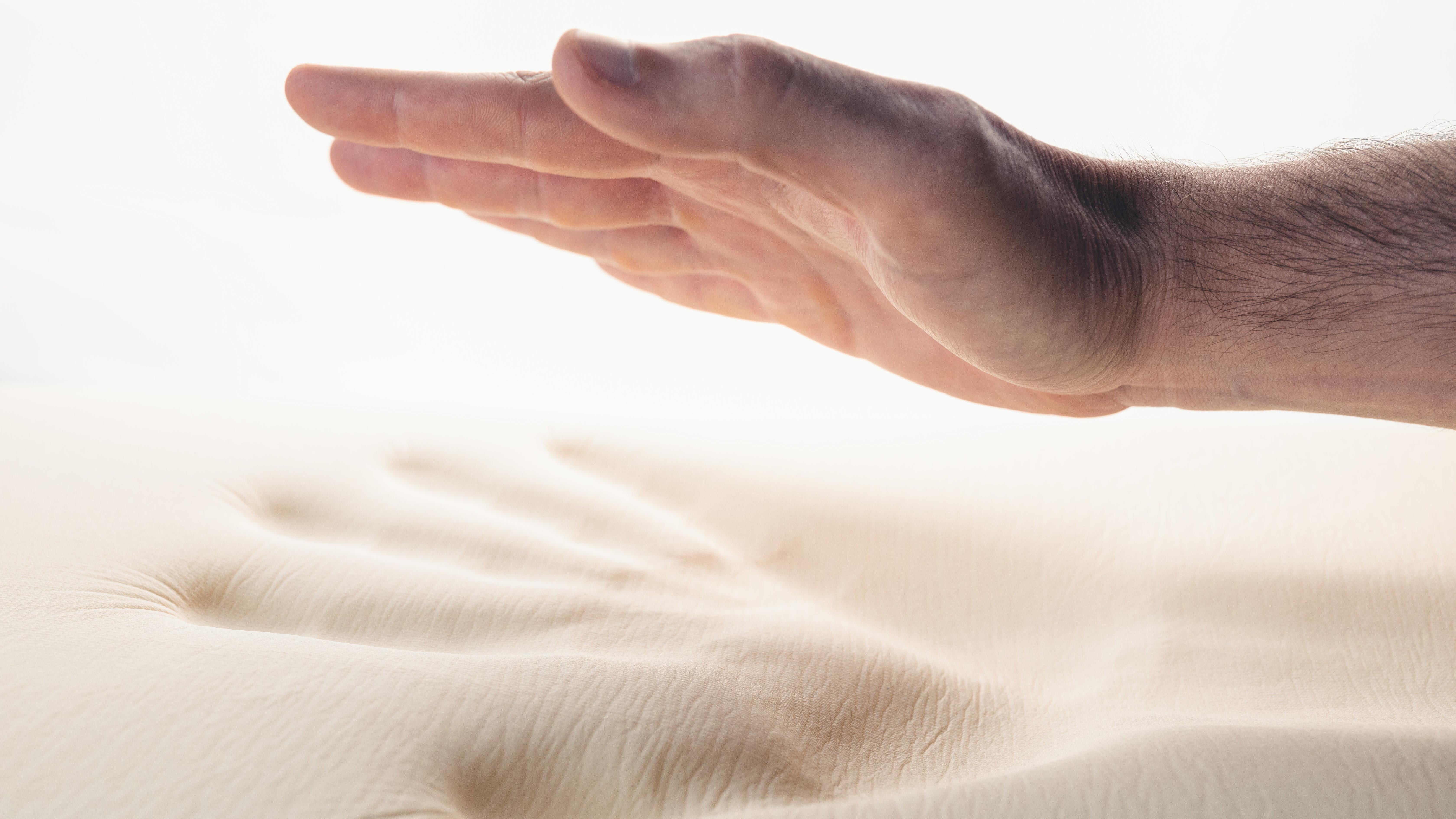
If your mattress, pillow, couch, desk chair, or bike seat contains memory foam (aka “tempur” or “temper foam”), you can thank NASA. The material was developed by NASA-funded aeronautical engineer Charles Yost and used to create better shock-absorbing aircraft seats for test pilots.
The classic computer mouse
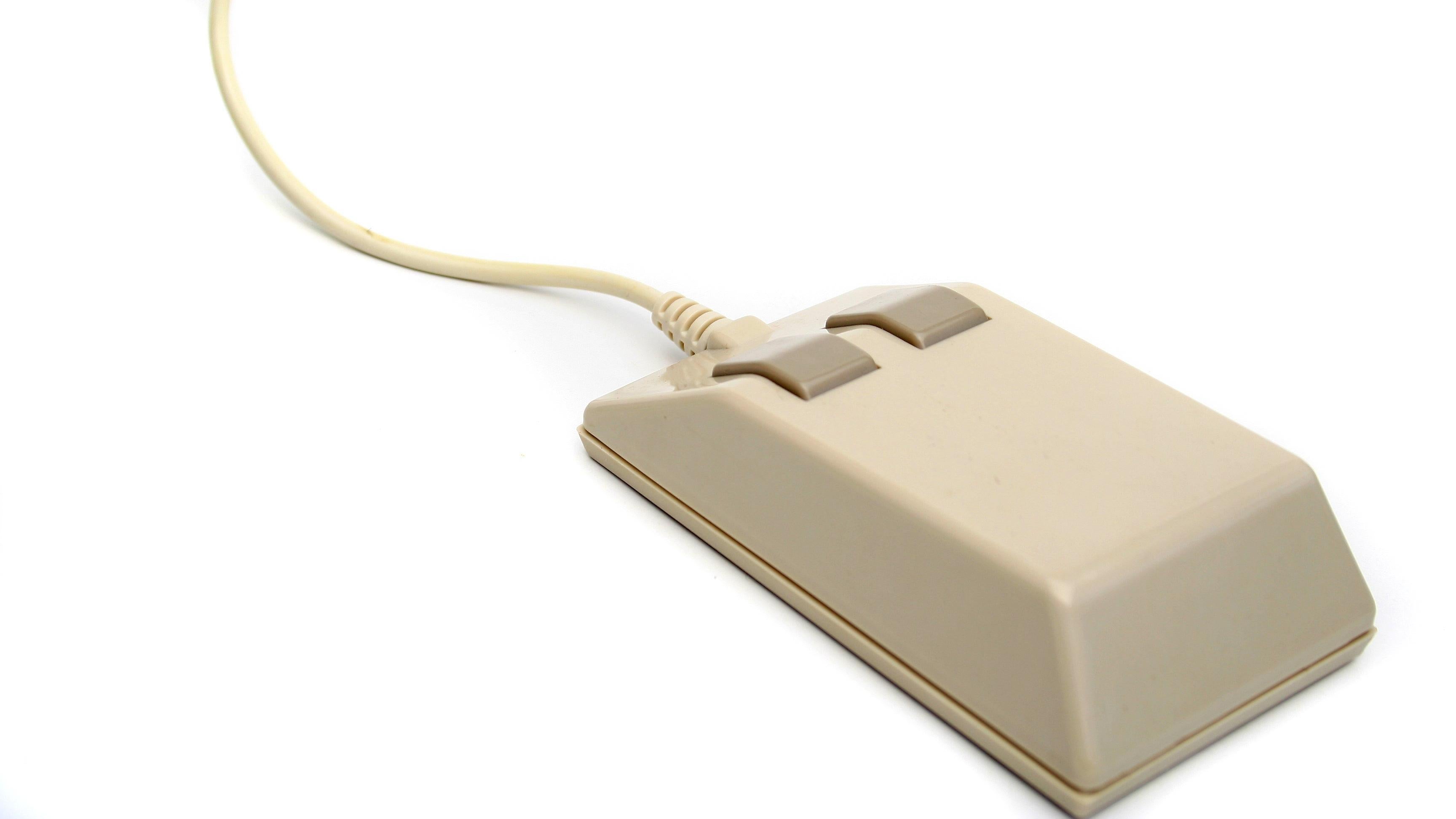
The computer mouse was invented at Stanford in the early 1960s by Doug Englebart, whose research into interactive computer inputs was funded by NASA. The research was championed by NASA’s Bob Taylor, who moved on to manage Xerox and further developed the computer mouse.
Infrared thermometers
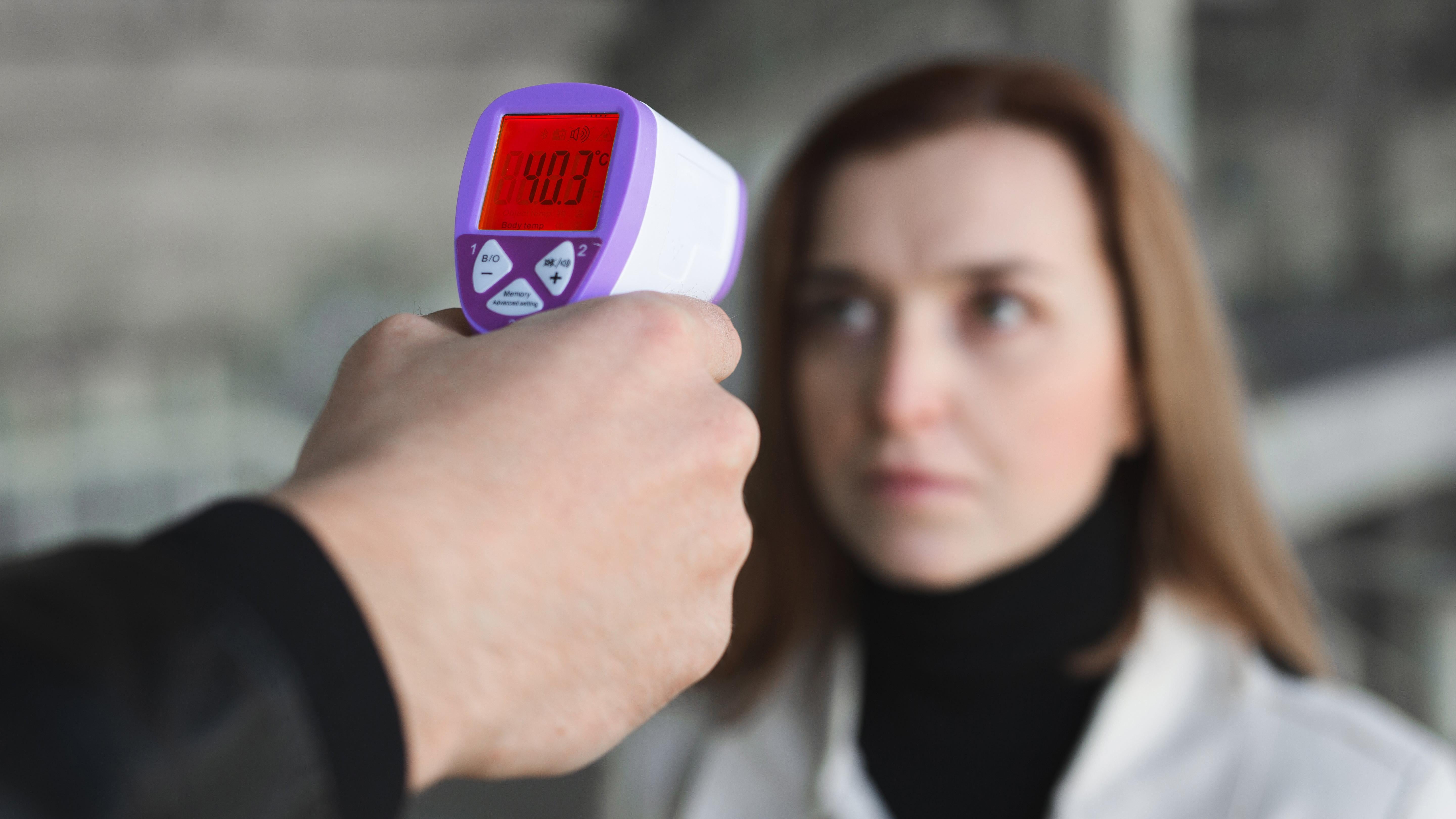
If you ever check your temperature with an infrared thermometer like I do, you wouldn’t be able to do it without NASA. The space agency developed infrared thermometers to gauge the temperature of distant cosmic object, and the technology eventually found its way to home thermometers used by hypochondriacs everywhere.
Efficient swimsuits

Most of us don’t wear a high-performance swimsuits very often, but swimmers like Michael Phelps owe a debt to NASA. Speedo’s LZR Racer swimsuit — the gear of choice for elite swimmers — debuted in 2008 and owes it unique water-dynamic properties to wind-tunnel testing conducted at NASA’s Langley Research Centre.
Cell phone cameras
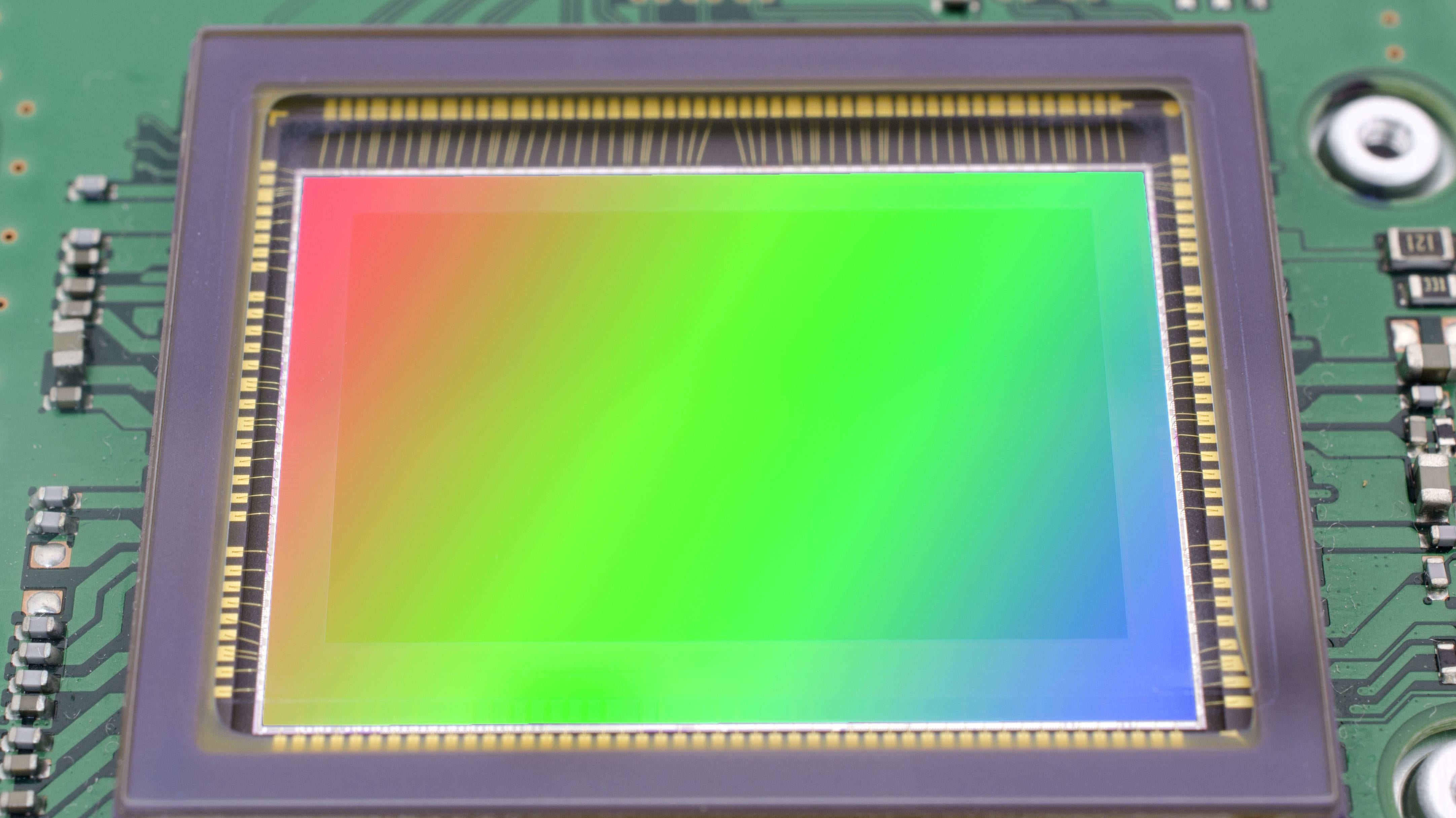
The image sensors used in just about every modern digital camera come directly from NASA. Eric Fossum, an employee of NASA’s Jet Propulsion Laboratory, was first to use CMOS technology in cameras. The goal was better, cheaper, and more efficient cameras for spacecrafts, but the technology was quickly licensed by camera companies and spread all over the world.
Self-driving cars
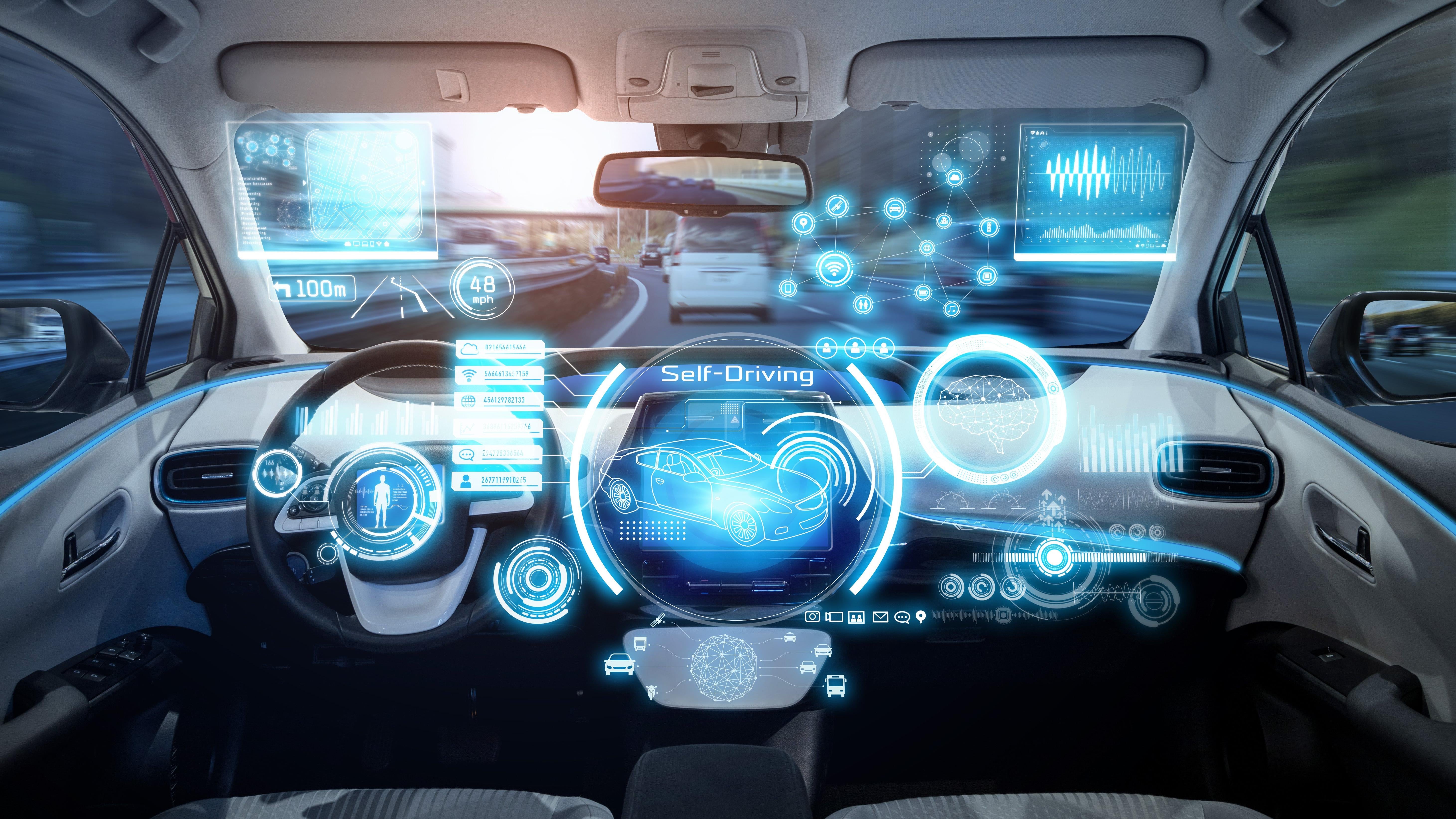
We’ll be using this technology in the near future thanks to NASA’s Jet Propulsion Laboratory’s Quantum Sciences and Technologies group, which started in the 1980s. Among its inventions is the evocatively named “whispering gallery mode optical resonator,” a spherical resonator for light waves. There was little practical use for the technology until recently, where it’s been integrated into GM’s LiDAR systems for self-driving cars.
Lunar Lander video game and a bunch of movies
Atari’s late 1970s arcade game wasn’t built on a NASA-developed computer chip or anything, but the game’s entire premise — safely deposit a tiny lander on the rocky surface of the Moon — is based on NASA’s Apollo missions. See also: Apollo 13, Hidden Figures, and almost all of American popular culture created between about 1965 and 1980.
LASIK surgery
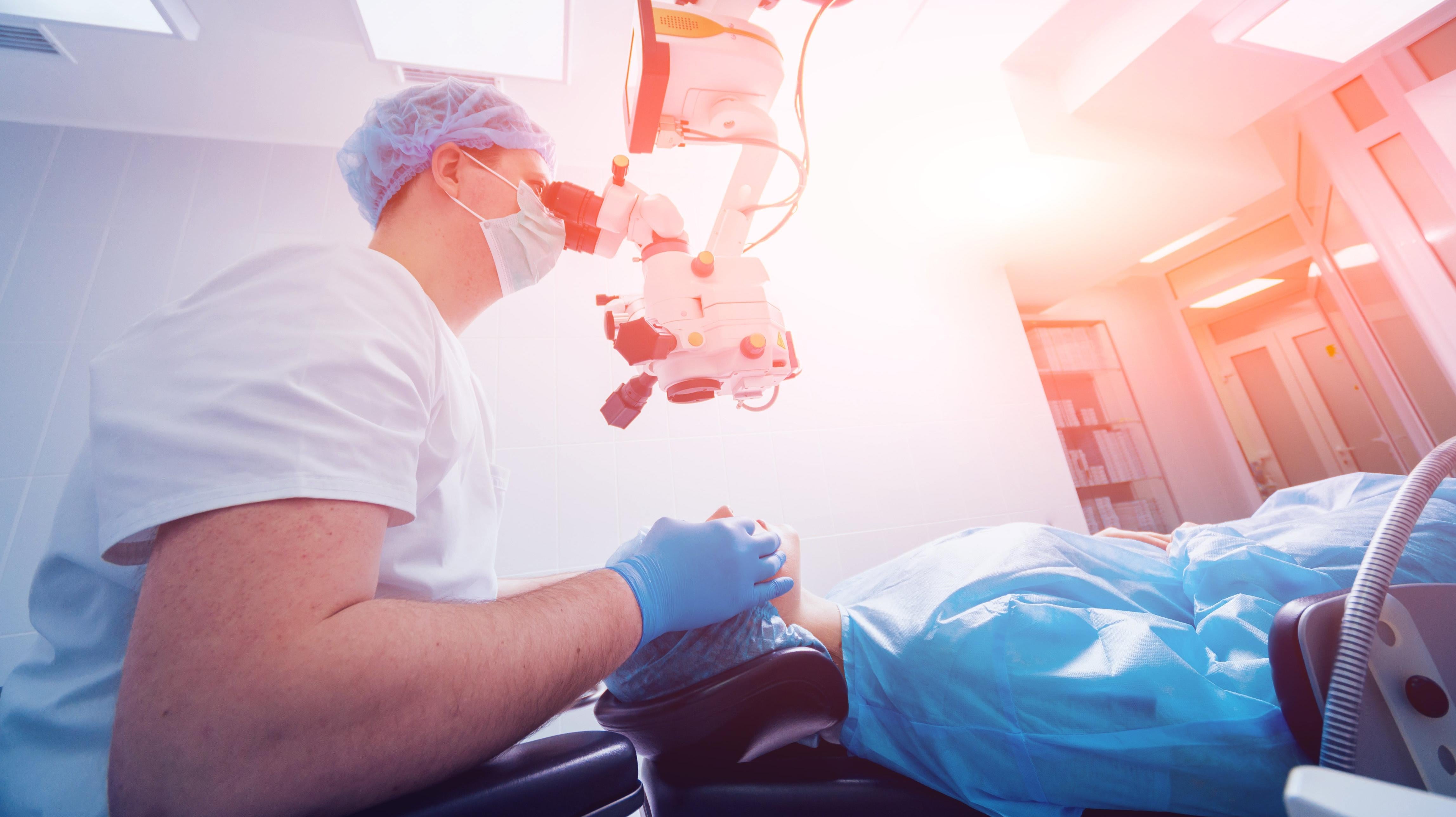
In an effort to determine how a lack of gravity effects eye movements, NASA conducted a series of experiments on the International Space Station in the mid 2000s. The results of aren’t useful to earthbound people (Spoiler: gravity affects eye-movements), but the eye-tracking technology developed for the experiments makes LASIK vision correction surgery possible.
Better scratch resistant lenses
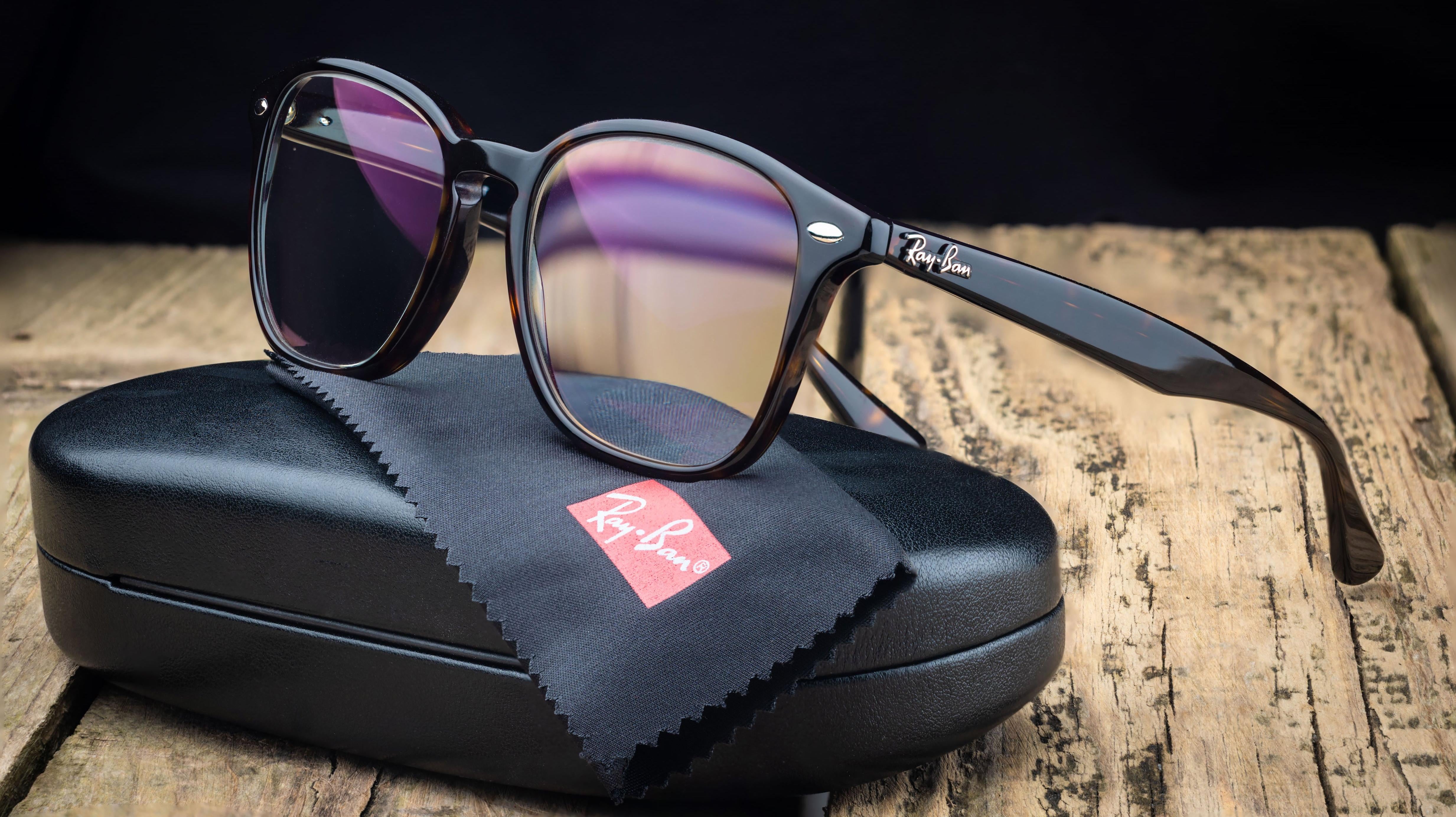
There were scratch resistant lenses before Ray-Ban licensed NASA-developed technology for its Survivor sunglass line, but it wasn’t as good. NASA pioneered coating sensitive instrument displays with diamond-like carbon to make them 10 times as scratch resistant as other methods. Maybe overkill for sunglasses, but it’s still pretty cool.
Air traffic control systems

The Federal Aviation Administration and NASA recently completed development on an improved system for managing flights on the ground. This year, the Integrated Arrival, Departure, and Surface (IADS) system was instituted at 27 of the nation’s busiest airports. I can only assume that delayed flights will be a thing of the past.
Grooved pavement
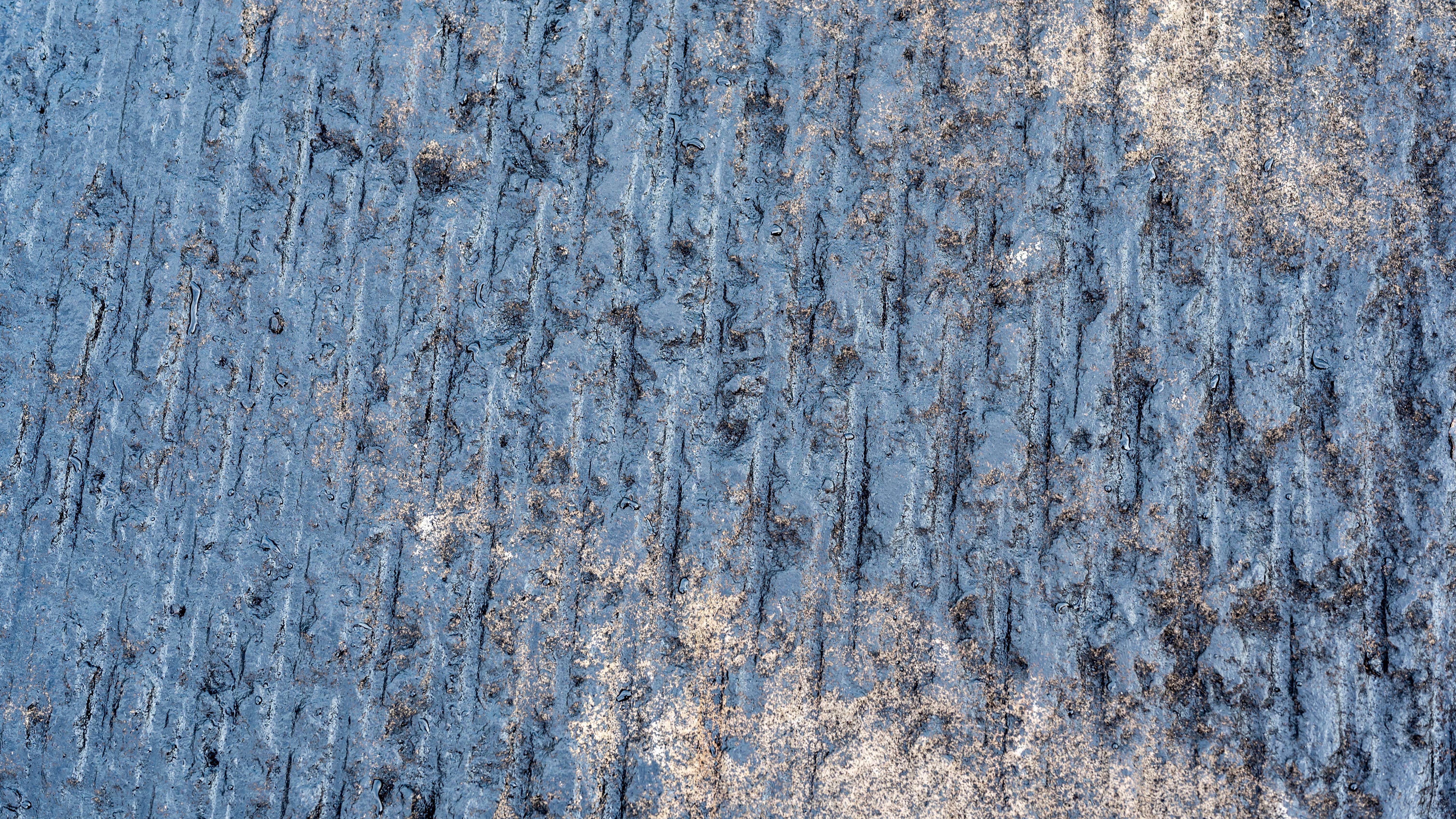
Even if you haven’t noticed it, the entire world is less slippery because of NASA. According to the space agency, “accidents on slippery highways are down as much as 85 per cent,” and slipping injuries on pool decks, playgrounds, and industrial places are down too. It’s thanks to NASA’s work cutting grooves into runways to increase aircraft traction.
Emergency foil blankets
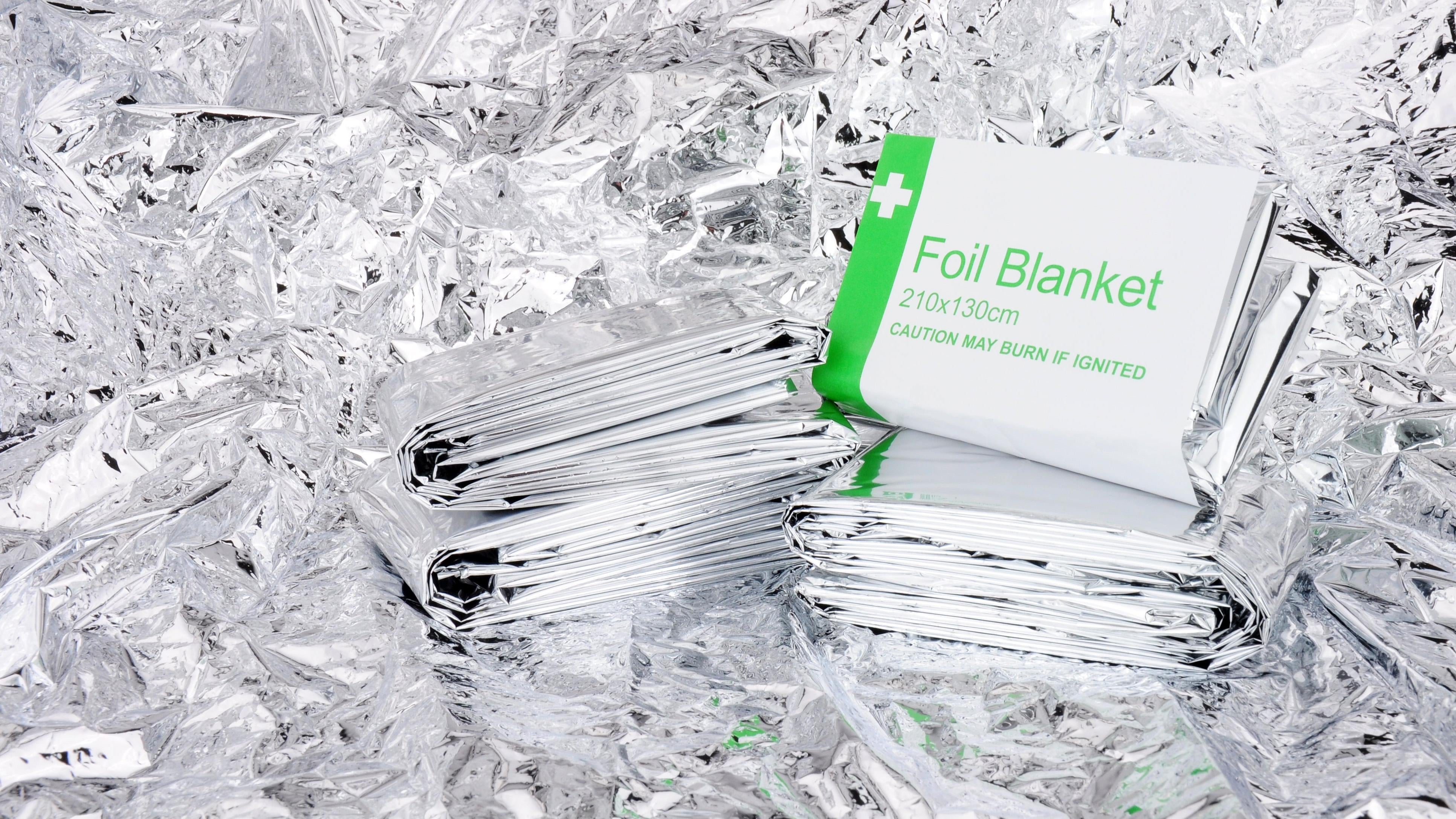
The foil blankets packed in first aid kits and given out at the end of marathons were developed by NASA in 1964. The material is made by depositing vaporized aluminium onto thin plastic, and it’s used in campers, sun shields, space telescopes, and more. As a blanket, it reflects heat back to whomever is wrapped in it.
Nike Airs

These sneakers are a product of two NASA innovations. The harder rubber moulding of athletic shoes is done through “blow rubber moulding,” a process pioneered at NASA to make helmets. The shock absorbing material used in Nike Airs comes from NASA engineer Frank Rudy.
Better baby formula
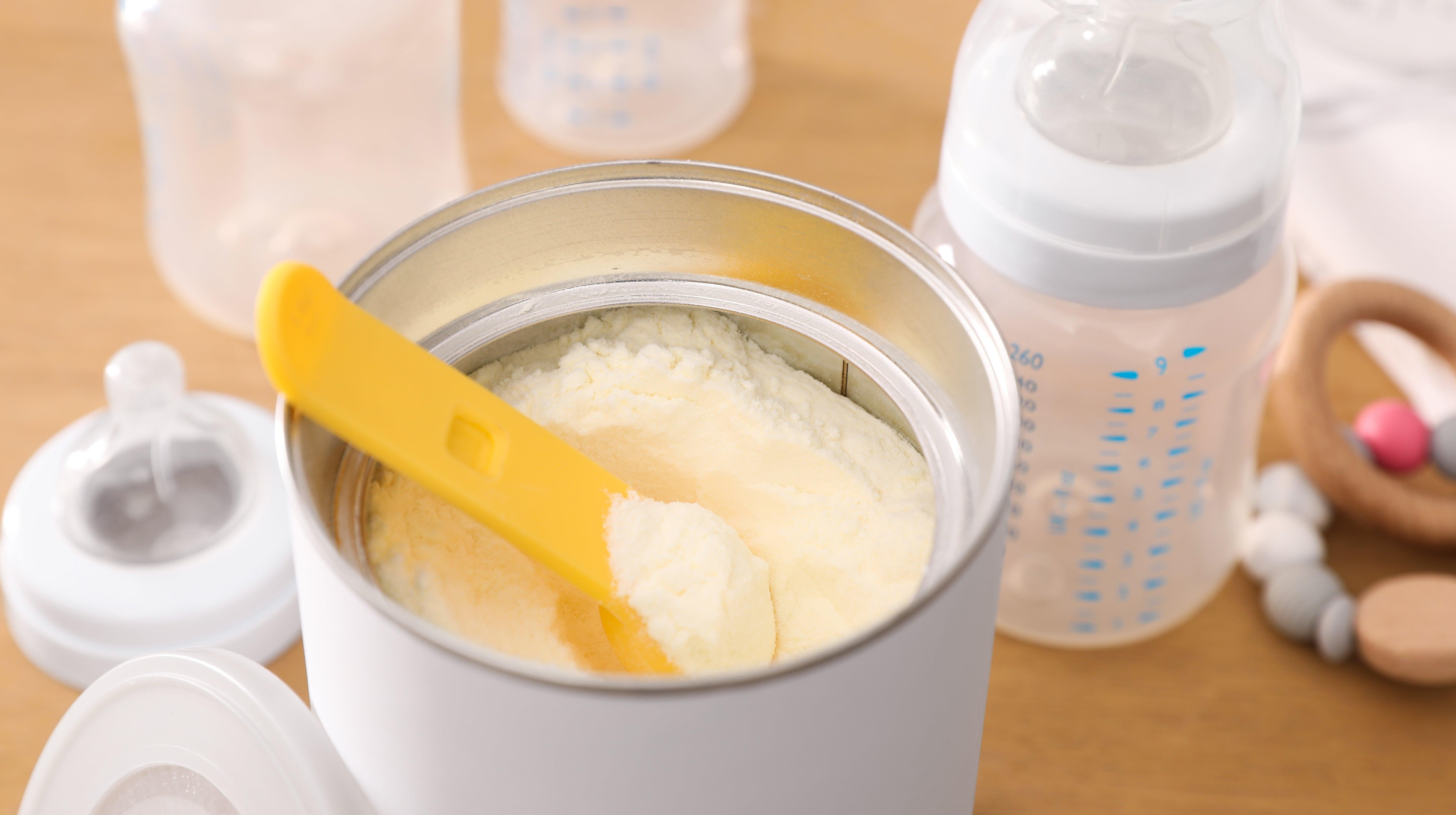
While researching nutrition strategies for a future trip to Mars, NASA scientists discovered a natural source for an omega-3 fatty acid previously only found in breast milk. The ingredient is now used in almost all baby formulas on the market.
Cordless vacuums
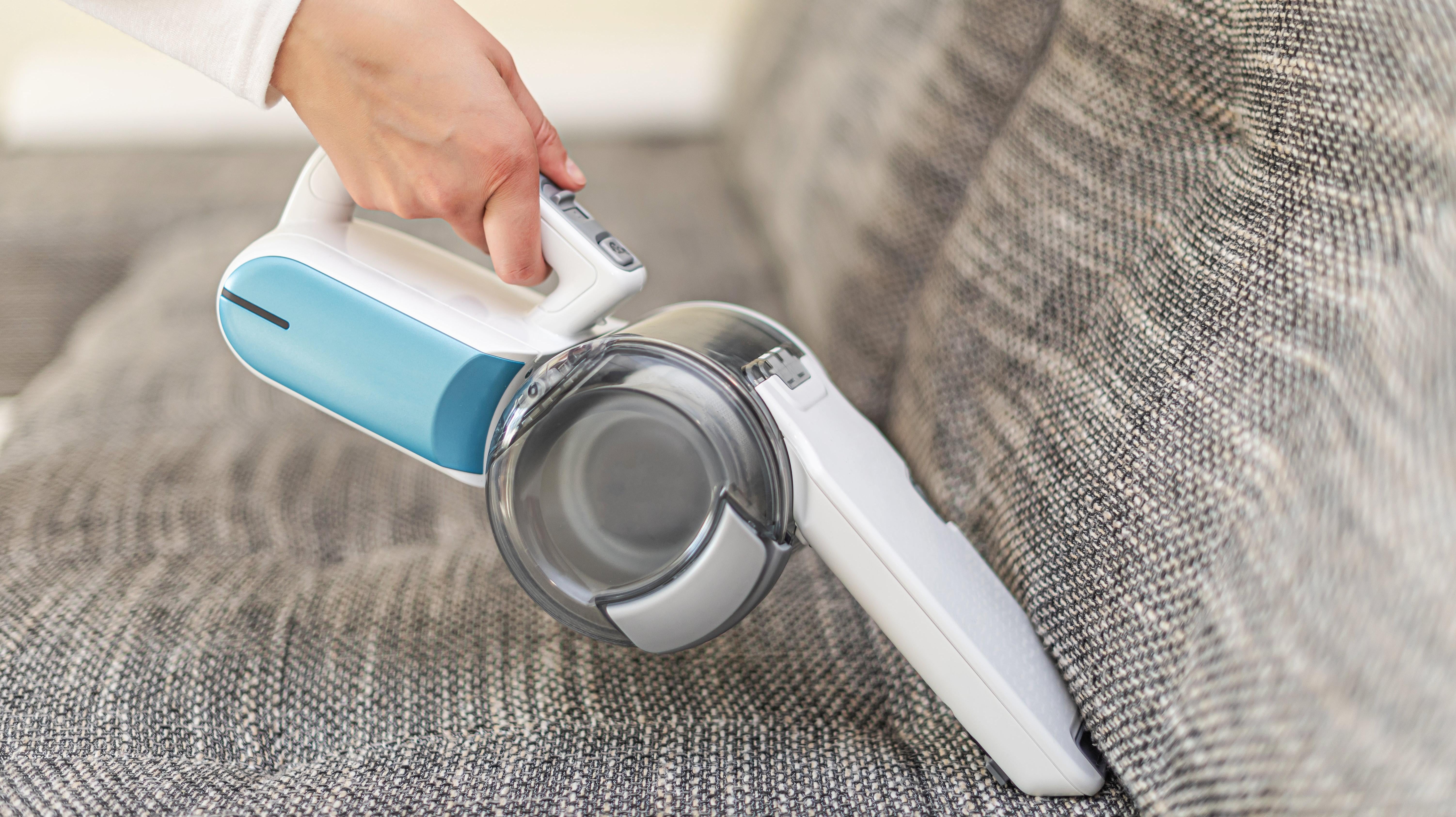
Black and Decker worked closely with NASA in the 1960s to produce cordless drills, hammers, and other tools that would work in low-gravity (or no-gravity) environments. The Dustbuster cordless vacuum is a direct result.
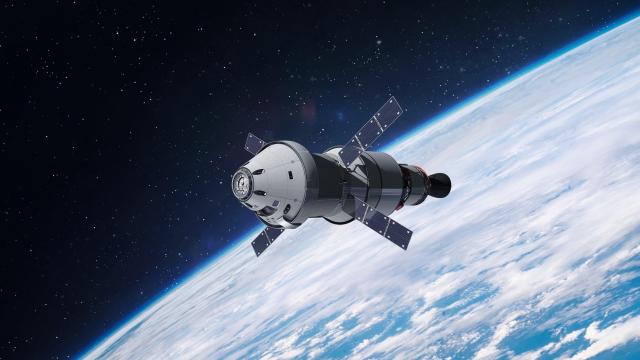
Leave a Reply
You must be logged in to post a comment.